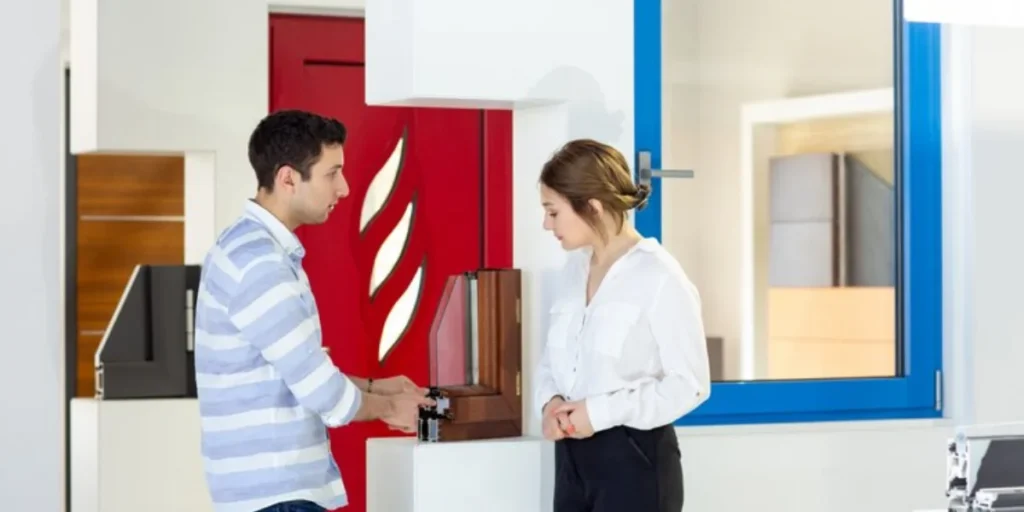An exhibition relocation can be a challenging undertaking that needs careful planning and close attention to detail. Ensuring a seamless transition is imperative for preserving the integrity of expensive artwork, fragile objects, and massive installations, as well as for the success of the event. These are essential pointers for a seamless move of an exhibition.
Prompt Scheduling and Arrangement:
Early planning is one of the most crucial parts of moving an exhibition. It is crucial to develop an outline that takes into consideration every facet of the relocation. This schedule ought to cover things like reinstallation, packing, shipping, and any setup that needs to be done at the new place. Assign positions to essential staff members to guarantee that duties are understood. Maintaining open lines of contact with all parties involved—artists, museums, merchants, and expert transportation providers https://www.cheapmoverssingapore.com/event-exhibition/ —will assist to prevent last-minute problems.
Important Planning Stages:
- Inventory Verification: Be careful to inspect every item being transferred. Make sure every item is photographed, catalogued, and, if required, evaluated.
- Establish a Timetable: Establish a thorough schedule that spans the time from packing to the last installation at the new location.
- Organize with the New Location: Get to know the needs of the personnel at the new display site, including those related to space, lighting, climate control, and security.
- Backup Plans: Always have emergency strategies in place in case of unforeseen problems or delays, such as extra packing supplies or other modes of transportation.
Skilled Packaging and Unpacking:
Packing carefully is essential, particularly when handling pricey or delicate goods. Hiring movers or handlers with expertise in handling art who specialize in exhibitions is strongly advised. These experts have packed sculptures, large pieces, and delicate items before, which may need special containers or packing materials.
Crucial Aspects to Take Into Account When Packing:
- Custom Crates: To guarantee a tight fit and sufficient protection during transit, use custom crates for precious or fragile objects.
- Materials for Protection: To preserve fragile things, use acid-free tissue paper, foam padding, and bubble wrap.
- Labelling: Clearly write the item name, orientation (e.g., “this side up”), and any additional handling instructions on the label of every box. This lessens the chance of damage and improper handling while in transit.
Certificates and Insurance:
Artworks for exhibitions, whether they are owned or lent by an organization, need to be properly insured. This will guard against any possible damages or losses when moving. Thorough documentation is just as vital since it offers an accurate record of the belongings before, during, and after the move.
Important Records:
- Reports on Conditions: Examine each item and record its condition before packaging. Take pictures to record details, then add them to your condition reports.
- Documents for Shipping: Create thorough shipping documentation that include a list of every item and its requirements.
- Insurance Protection: Verify that your insurance covers all potential risks associated with the transfer, including theft, damage sustained during transit, and unanticipated circumstances like severe weather.
Select the Appropriate Mode of Transit:
The success of the relocation is largely dependent on the mode of transportation. You might need climate-controlled cars, specialist art transportation providers like https://www.cheapmoverssingapore.com/, or even cargo flights for international moves, depending on the scope and value of the exhibition.
Best Practices for Transportation:
- Climate Control: Even when in transit, delicate objects like paintings or antiques may need special humidity and temperature controls. Make sure the shipping business has this available.
- Security Precautions: Extra security precautions for valuable things, such as GPS tracking, security escorts, or disguised cars, might provide comfort.
- Shipping Route: Select the most effective and safest shipping route possible, keeping in mind probable border inspections for international movements, traffic, and weather.


